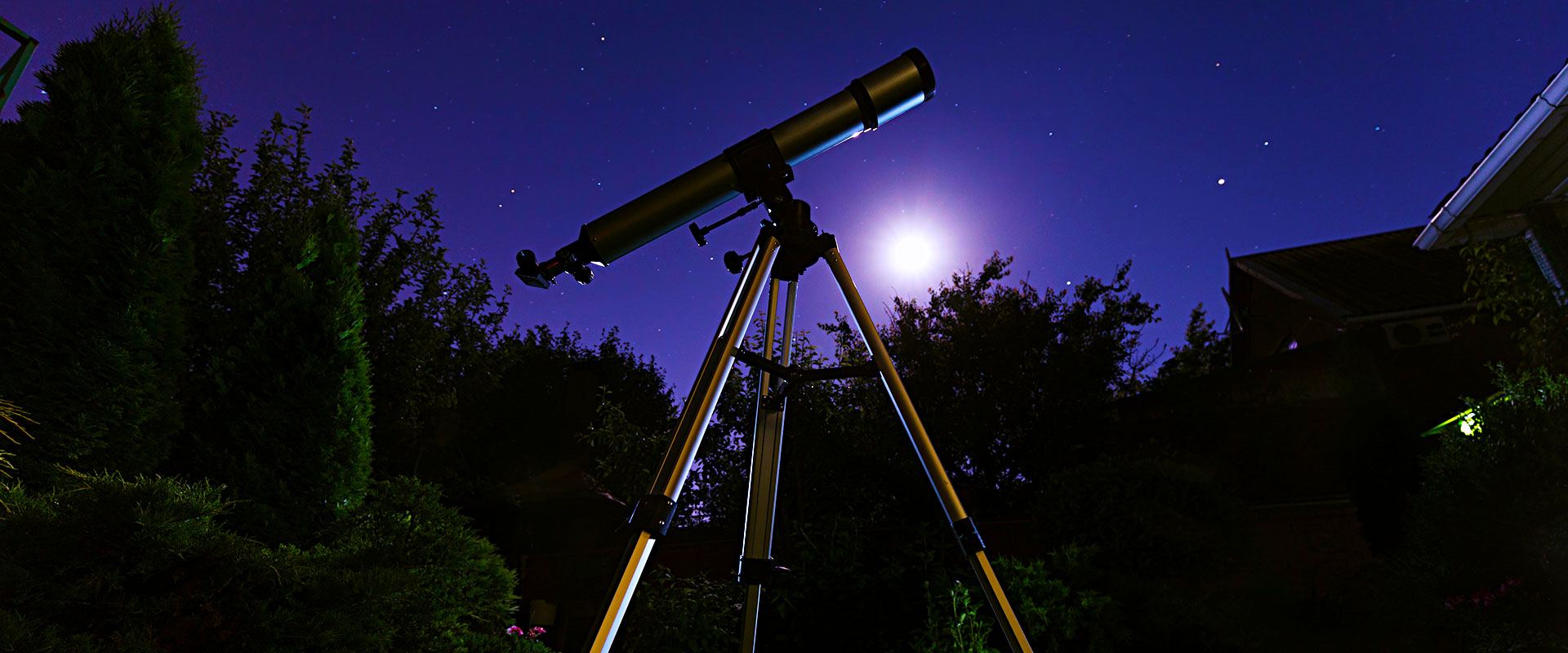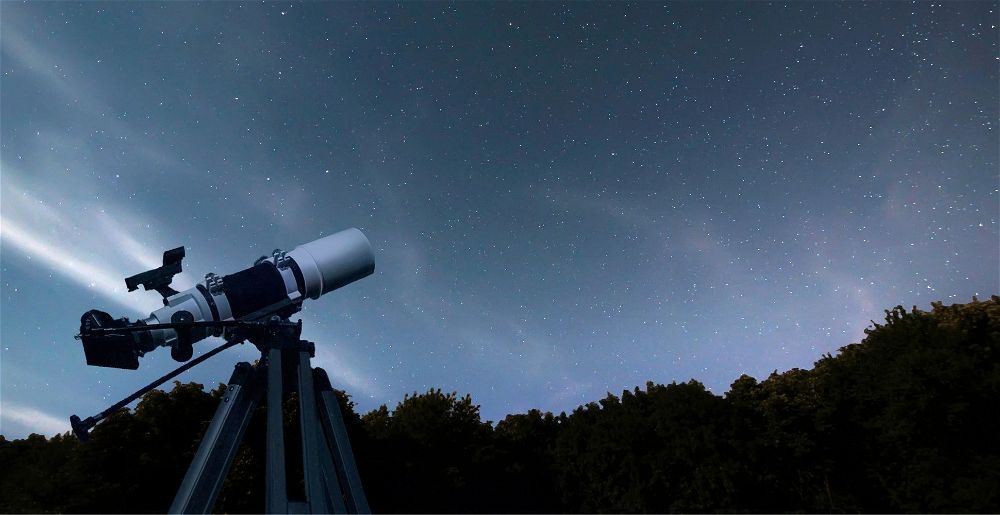Backyard Astronomy Discovering The Wonders Of The Night Sky

Interested in exploring the night sky? You don't need to be an astrophysicist to enjoy the wonders of space. With a few basic tools and some know-how, backyard astronomy can be a fun and rewarding hobby for anyone. In this post, we'll cover the basics of backyard astronomy, including how to get started, tips and tricks for success, and answers to some common questions.
How to Get Started with Backyard Astronomy
Before you start observing the sky, it's important to have a basic understanding of astronomy and the tools you'll need. Here are some steps to help you get started:
- Learn the basics of astronomy - There are many resources available online and in books to help you get started. Learn about the constellations, planets, and other objects in the night sky.
- Get a telescope - While not necessary, a telescope can greatly enhance your viewing experience. There are many types of telescopes available, so do your research before purchasing.
- Plan your viewing location - Choose a location away from city lights and tall buildings to get the best view of the sky.
- Check the weather - Make sure it's clear and not too windy before heading outside.
Tips & Tricks for Backyard Astronomy
Now that you're ready to start observing, here are some tips and tricks to make the most of your backyard astronomy experience:
- Give your eyes time to adjust to the darkness - It takes about 20 minutes for your eyes to adjust to the darkness, so be patient.
- Use a star chart - A star chart can help you identify constellations and other objects in the night sky.
- Use red light - Red light is less harsh on your eyes than white light, so use a red flashlight or cover your regular flashlight with red cellophane.
- Experiment with different filters - Filters can enhance your viewing experience by reducing glare, increasing contrast, and highlighting specific features on celestial objects.
FAQ
Here are some common questions and answers about backyard astronomy:
What can I see with a telescope?
With a telescope, you can see the moon, planets, stars, and some deep-sky objects like galaxies and nebulas.
What's the best time to observe the night sky?
The best time to observe the night sky is when the sky is dark, usually a few hours after sunset or before sunrise.
Do I need a lot of expensive equipment?
No, you don't need a lot of expensive equipment to enjoy backyard astronomy. A basic telescope and a good star chart are all you need to get started.
What if it's cloudy?
If it's cloudy, it's best to wait for a clear night. You can still enjoy astronomy on cloudy nights by reading books or watching documentaries.
Is backyard astronomy safe?
Yes, backyard astronomy is safe as long as you take the necessary precautions. Never look directly at the sun, use sunscreen during the day, and be aware of your surroundings at night.
Conclusion
With a little bit of knowledge and the right tools, backyard astronomy can be a fun and rewarding hobby for anyone. Whether you're gazing at the stars or observing the planets, the night sky offers endless opportunities for discovery and wonder.
So why not grab a telescope, head outside, and explore the mysteries of the cosmos? Happy stargazing!


Post a Comment for "Backyard Astronomy Discovering The Wonders Of The Night Sky"